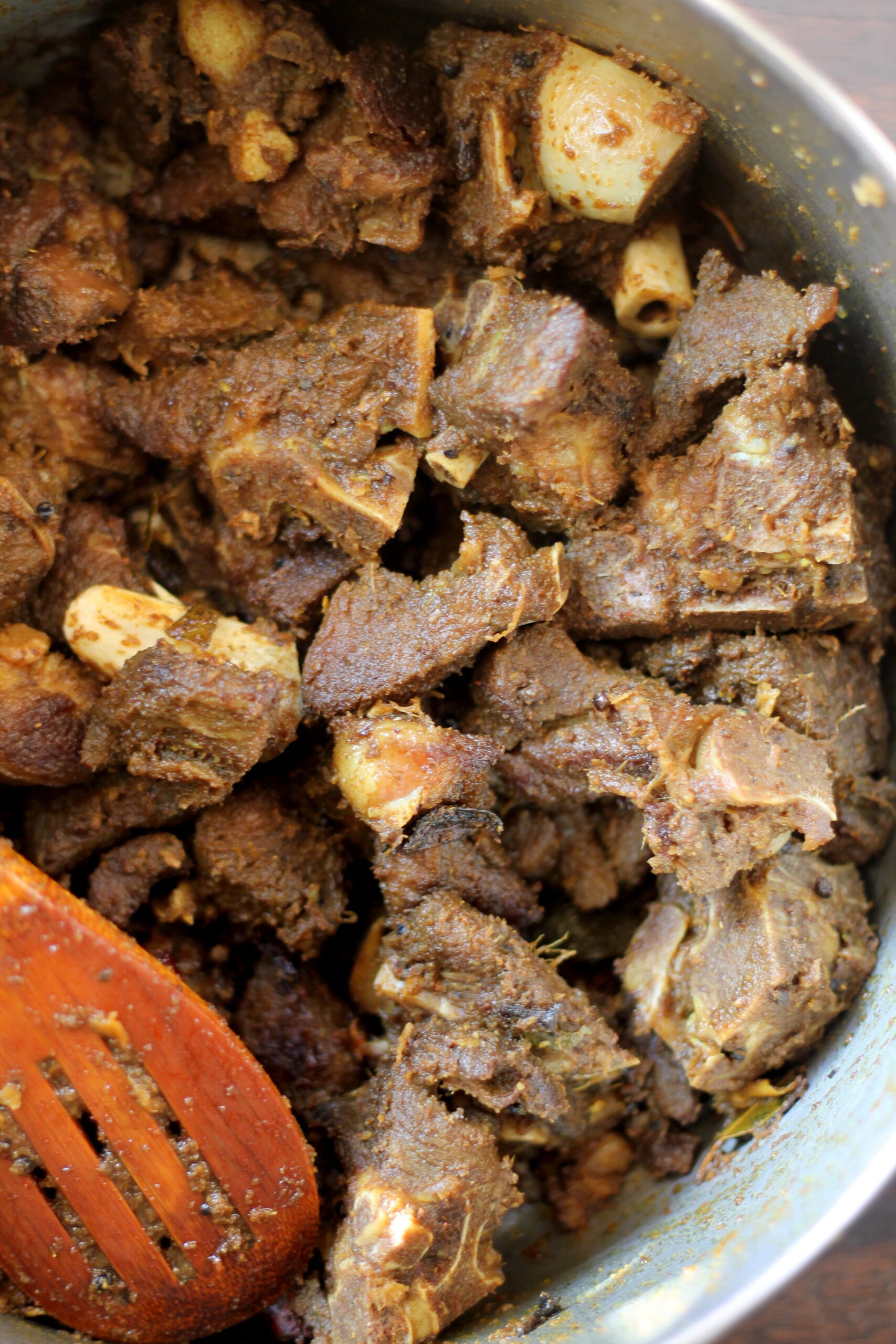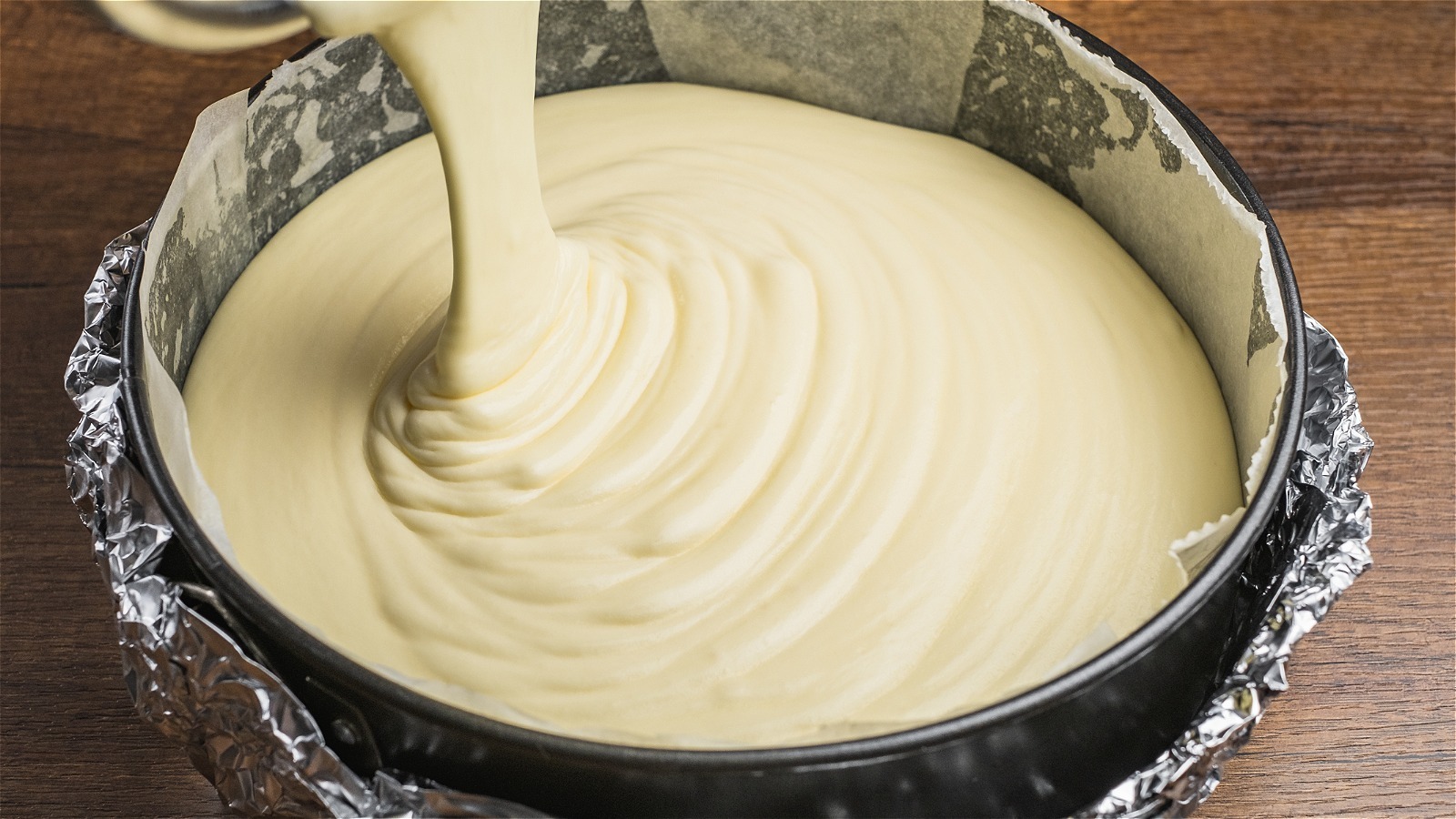Share this Article

Khasiko Masu, also known as Pakku in its dried form, is a beloved goat meat dish that holds a special place in Nepalese culinary traditions. Renowned for its rich flavor and tender texture, Khasiko Masu is particularly significant during the major Nepalese festival of Dashain.
Ingredients and Preparation
The preparation of Khasiko Masu involves a meticulous process that enhances the natural flavors of the goat meat through marination and slow cooking. Key ingredients include:
1.Goat Meat: Fresh, bone-in goat meat cut into medium-sized pieces.
2.Spices: A blend of traditional spices such as cumin, coriander, turmeric, chili powder, and garam masala.
3.Aromatics: Fresh garlic, ginger, and onions, which form the base of the dish.
4.Cooking Oil: Mustard oil is traditionally used for its distinctive, pungent flavor.
5.Yogurt: Often included to tenderize the meat and add a subtle tanginess.
The process involves marinating the meat with spices and aromatics for several hours. It is then slow-cooked over a low flame until the meat is tender and infused with the robust flavors of the spices.
Cultural Significance
Khasiko Masu is intrinsically linked to Dashain, Nepal's biggest festival, which celebrates the triumph of good over evil. It is customary for families to sacrifice a goat as an offering to the gods, and the meat is then prepared as Khasiko Masu. This practice symbolizes prosperity and good fortune.
During Dashain, even the poorest families make an effort to procure goat meat, ensuring that everyone partakes in the festive meals. It is a time for feasting and family gatherings, with Khasiko Masu being a centerpiece of the celebratory meals.
Pakku: The Dried Version
Pakku is the dried variant of Khasiko Masu, traditionally prepared without the use of tomatoes. The meat is cooked longer to remove moisture, resulting in a more concentrated flavor and a chewy texture. Pakku can be stored for a longer period and is often enjoyed as a snack or accompaniment to other dishes.
Nutritional Value
Goat meat is a lean source of protein, rich in essential nutrients such as iron, zinc, and vitamin B12. It is lower in fat and cholesterol compared to other red meats, making it a healthier option for meat lovers. The spices used in Khasiko Masu not only enhance its flavor but also offer various health benefits, including anti-inflammatory and digestive properties.
Comparison with Similar Dishes from Other Countries
Khasiko Masu shares similarities with several traditional meat dishes from around the world:
Indian Rogan Josh: A slow-cooked lamb or goat curry from Kashmir, known for its deep red color and aromatic spices.
Moroccan Tagine: A North African dish where meat is slow-cooked with spices, vegetables, and dried fruits in a conical clay pot.
Greek Kokkinisto: A Greek-style braised meat dish with tomatoes and cinnamon, slow-cooked to develop a rich, hearty flavor.
Italian Spezzatino: A slow-cooked meat stew, often made with goat or lamb, seasoned with herbs and served with polenta or pasta.
While each dish has its unique preparation and flavor profile, they all share the common theme of slow-cooking meat with aromatic spices to create a deeply satisfying meal.
Modern Variations
In contemporary culinary practices, Khasiko Masu has seen various adaptations. Some chefs grill the marinated meat for a smoky flavor, while others use pressure cookers to reduce cooking time without compromising on taste. Fusion recipes incorporate international ingredients, pairing the dish with quinoa or couscous instead of the traditional rice or beaten rice (chiura).
Conclusion
Khasiko Masu (Pakku) is more than just a dish; it is a symbol of Nepalese heritage and festivity. Its preparation and consumption during Dashain reflect the cultural importance of food in bringing families and communities together. As Nepalese cuisine continues to evolve and gain global recognition, Khasiko Masu remains a cherished delicacy, celebrated for its rich flavors and cultural significance.
Categories:
Food & Drink
Tags:
Pakku
,
GoatMeat
,
Meat







